The Veiltail goldfish is known for its extra-long, flowing double tail and high sail-like dorsal fin. It is a peaceful and social fish that requires a spacious tank with smooth surfaces due to its tail structure potentially hindering swimming.
Veiltail goldfish are not considered rare and can be compatible with other goldfish species such as guppies, kuhli loaches, ghost shrimp, and cory fish. They belong to the family of Osphronemidae, and their name comes from the shimmery, translucent tail that resembles a thin piece of shiny fabric.
With a lifespan of up to 10 years, these goldfish can reach a size of approximately 7 inches.
Table of Contents
Veiltail Goldfish: An Overview
Veiltail goldfish are known for their long, flowing double tails and elegant dorsal fins. They require spacious tanks with smooth surfaces due to their tail structure, and they are peaceful and compatible with other goldfish.
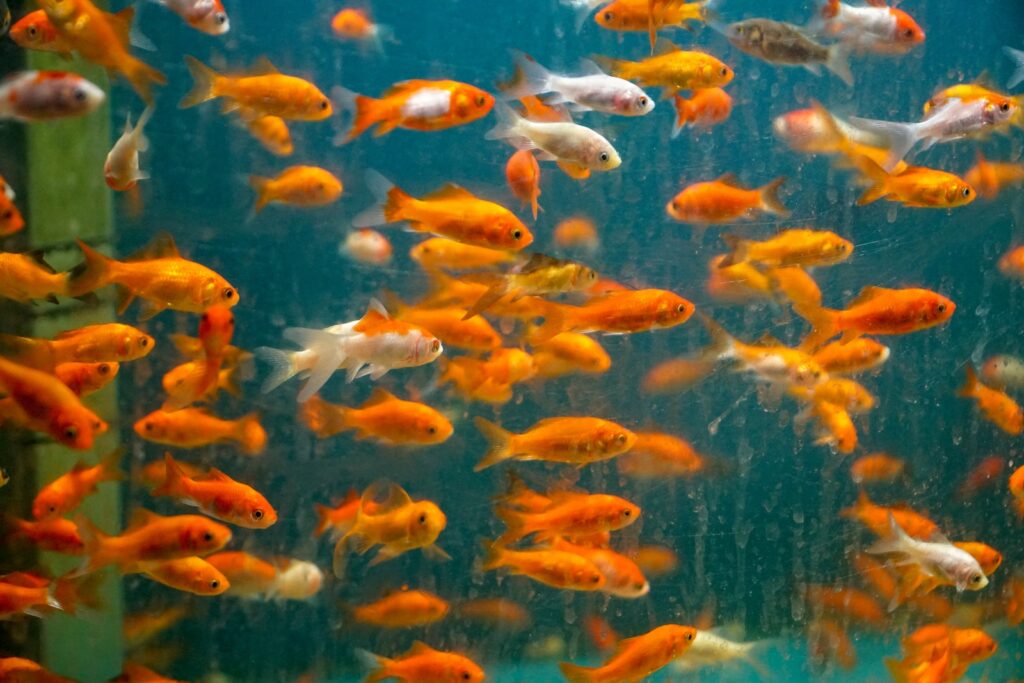
Description Of Veiltail Goldfish:
- The veiltail goldfish is known for its extra-long, flowing double tail and high sail-like dorsal fin.
- It has a graceful and elegant appearance, with a slender body and vibrant colors, including shades of orange, red, and metallic.
- This goldfish variety is peaceful in temperament, making it suitable for community aquariums.
- Veiltail goldfish can grow up to 7 inches in size, making them a popular choice for both beginner and experienced fishkeepers.
- They require a spacious tank with smooth surfaces to accommodate their tail structure, which may slightly hinder their swimming ability.
Unique Features Of Veiltail Goldfish:
- Double tail: The veiltail goldfish stands out for its unique double tail, which can give it a mesmerizing and flowing appearance.
- Sail-like dorsal fin: Another distinctive feature of the veiltail goldfish is its high dorsal fin, resembling a sail, which adds to its elegant and graceful look.
- Slender body: Unlike other goldfish varieties with rounder bodies, the veiltail goldfish has a more elongated and slender body shape.
- Vibrant colors: Veiltail goldfish come in a wide range of vibrant colors, including bright oranges, deep reds, and metallic hues, making them visually striking aquarium pets.
- Peaceful temperament: These goldfish are known for their peaceful and sociable nature, making them compatible with other goldfish and suitable for community tanks.
Brief History Of Veiltail Goldfish:
- The veiltail goldfish is believed to have originated in Asia, specifically in China, where selective breeding for desired traits began hundreds of years ago.
- The goal of breeders was to create a goldfish variety with a long and flowing tail, resulting in the development of the veiltail goldfish.
- Over time, the veiltail goldfish gained popularity not only in Asia but also in other parts of the world due to its unique and captivating appearance.
- Today, veiltail goldfish are one of the most recognizable and widely kept goldfish varieties, enjoyed by hobbyists and enthusiasts worldwide.
Veiltail Goldfish: Care And Maintenance
Veiltail goldfish are known for their long, flowing double tails and high dorsal fins. They require a spacious tank and are compatible with other goldfish, making them a great addition to any aquarium. Care and maintenance for veiltail goldfish include proper feeding, water quality management, and providing a suitable environment for their swimming needs.
The Veiltail Goldfish is a popular and visually striking variety of goldfish known for its extra-long, flowing double tail and high sail-like dorsal fin. If you’re considering adding this beautiful fish to your aquarium, it’s important to understand their specific care and maintenance needs.
In this section, we will explore the optimal tank setup for Veiltail Goldfish, their water quality and temperature requirements, as well as their feeding and dietary needs.
Optimal Tank Setup For Veiltail Goldfish:
- Tank size: Veiltail Goldfish thrive best in spacious tanks. A minimum tank size of 20 gallons is recommended for a single fish, with an additional 10 gallons for each additional fish.
- Filtration: It’s essential to have a high-quality filtration system to maintain good water quality. Consider using a canister filter or a powerful hang-on-back filter to keep the water clean and clear.
- Decorations and plants: Provide plenty of hiding spots and visual barriers for your Veiltail Goldfish. Use smooth decorations and live or artificial plants that won’t damage their delicate fins.
- Lighting: Provide a well-lit tank using a combination of natural and artificial lighting. Veiltail Goldfish enjoy moderate to bright lighting.
- Substrate: Use fine gravel or sand as the substrate in the tank. Avoid sharp or rough-edged gravel that can damage their delicate fins.
Water Quality And Temperature Requirements:
- Temperature: Veiltail Goldfish thrive in water temperatures between 65°F and 75°F (18°C – 24°C). Use a reliable aquarium heater to maintain a stable temperature.
- PH level: The optimal pH range for Veiltail Goldfish is between 7.0 and 8.0. Regularly test and adjust the pH level to ensure a healthy environment for your fish.
- Ammonia and nitrate levels: Keep ammonia and nitrate levels at zero to prevent water toxicity. Regularly perform water tests and perform partial water changes when necessary.
- Water hardness: Veiltail Goldfish prefer moderate water hardness levels. Aim for a range of 120-150 ppm (parts per million) to promote their overall health.
Feeding And Dietary Needs Of Veiltail Goldfish:
- Proper nutrition is crucial for the health and well-being of Veiltail Goldfish. Offer them a balanced diet consisting of high-quality commercial flakes or pellets specifically formulated for goldfish.
- Feed your Veiltail Goldfish small portions multiple times a day to prevent overeating and digestive issues.
- Supplement their diet with fresh vegetables such as peas, lettuce, spinach, or blanched zucchini. These provide important nutrients and contribute to their overall health.
- Avoid overfeeding as this can lead to obesity and related health problems. Monitor their food intake and adjust accordingly.
Remember, Veiltail Goldfish are social and peaceful fish that can coexist with other goldfish varieties. With proper care, maintenance, and attention to their specific needs, you can provide a healthy and thriving environment for your Veiltail Goldfish.
Veiltail Goldfish: Size And Characteristics
The Veiltail goldfish is known for its long, flowing double tail and high sail-like dorsal fin. It is a peaceful and social fish, compatible with other goldfish, and requires a spacious tank with smooth surfaces due to its slightly hindered swimming ability.
The average size of a Veiltail goldfish is around 7 inches.
Average Size And Growth Potential Of Veiltail Goldfish:
- Veiltail Goldfish typically grow to an average size of 7 inches.
- They have the potential to grow even larger with proper care and a suitable environment.
Physical Characteristics And Color Variations Of Veiltail Goldfish:
- Veiltail Goldfish are known for their unique double tails, which are longer and more flowing compared to other goldfish.
- They also have a high sail-like dorsal fin that adds to their graceful appearance.
- These goldfish come in a variety of colors, including orange, red, and metallic shades.
Swimming Ability And Behavior Of Veiltail Goldfish:
- The tail structure of Veiltail Goldfish may slightly hinder their swimming ability, so it is important to provide them with a spacious tank with smooth surfaces.
- Despite this, Veiltail Goldfish are generally peaceful, social, and compatible with other goldfish.
- They exhibit slow and graceful movement in the water, adding to their beauty and charm.
Veiltail Goldfish: Rarity And Availability
Veiltail Goldfish are known for their rarity and availability, making them a sought-after fish for fish enthusiasts. With their long, flowing double tail and unique appearance, they are a fascinating addition to any aquarium.
Rarity Of Veiltail Goldfish In The Pet Trade:
- Veiltail Goldfish are considered a relatively rare breed in the pet trade.
- Their unique double tail and high dorsal fin make them highly sought after by fish enthusiasts.
- However, their rarity compared to other goldfish varieties means they may be harder to find for sale.
Availability And Distribution Of Veiltail Goldfish:
- Veiltail Goldfish can be found in various pet stores, both online and offline.
- They are popular in regions where goldfish keeping is a common hobby, such as Asia and the United States.
- They are also available for purchase from specialized goldfish breeders and hobbyists.
Best Places To Find Veiltail Goldfish For Sale:
- Aquarium stores: Many pet stores and aquarium specialty shops carry Veiltail Goldfish. Check your local store or search online.
- Online platforms: Websites that specialize in fish sales, such as Aquabid and LiveAquaria, often have Veiltail Goldfish available.
- Goldfish shows: Attending goldfish shows or events is a great way to connect with breeders and find high-quality Veiltail Goldfish for sale.
- Local fish clubs: Joining a local fish club or association can provide access to a network of goldfish enthusiasts who may have Veiltail Goldfish available for sale.
- Social media groups: Joining goldfish-focused groups on platforms like Facebook can help connect with breeders and hobbyists who sell Veiltail Goldfish.
Veiltail Goldfish are known for their rarity and unique appearance, making them highly sought after in the pet trade. While they may be harder to find compared to other goldfish varieties, they can be purchased from aquarium stores, online platforms, goldfish shows, local fish clubs, and social media groups.
Veiltail Goldfish: Compatibility With Other Fish
Veiltail goldfish are peaceful and social, making them compatible with other goldfish and certain species like guppies, kuhli loaches, ghost shrimp, and cory fish. They exhibit slow and graceful movement, requiring a spacious tank with smooth surfaces due to their tail structure.
Suitable Tank Mates For Veiltail Goldfish:
Veiltail Goldfish, with their peaceful temperament and graceful movement, are generally compatible with a variety of other fish species. Here are some suitable tank mates for Veiltail Goldfish:
- Common Goldfish: Veiltails can coexist harmoniously with other types of goldfish, including common goldfish. These fish have similar care requirements and make a stunning display when kept together.
- Ryukin Goldfish: Ryukin goldfish, with their elegant hump and flowing tail, are an excellent companion for Veiltail Goldfish. They create a visually appealing contrast in the tank.
- Bubble Eye Goldfish: Known for their distinctive bubble-like sacs under the eyes, bubble eye goldfish can peacefully coexist with Veiltails. Just ensure that the tank has no sharp objects that could damage their delicate sacs.
- White Cloud Mountain Minnow: These small, peaceful fish can serve as dither fish for Veiltail Goldfish, providing movement and activity in the tank. They are active swimmers and add a lively element to the aquarium.
Fish Species To Avoid Keeping With Veiltail Goldfish:
While Veiltail Goldfish can get along with various fish species, some may not be compatible due to differences in temperament or care requirements. Here are a few fish species to avoid keeping with Veiltail Goldfish:
- Fancy Goldfish with Different Swimming Abilities: Avoid keeping Veiltail Goldfish with fancy goldfish breeds that have difficulty swimming, such as Celestial Eye or Telescope Eye goldfish. The Veiltails might outcompete them for food and limit their ability to thrive.
- Aggressive or Nippy Fish: Fish species known for their aggressiveness or fin-nipping behavior, such as Barbs or some species of Cichlids, should be avoided. They can cause stress, damage to the Veiltail’s delicate fins, and lead to potential health issues.
- Bottom-Dwelling Fish: Veiltail Goldfish are primarily middle to top-level swimmers and occupy the upper areas of the tank. Therefore, it’s best to avoid keeping bottom-dwelling fish like Corydoras catfish, as they may compete for space and food.
Tips For Maintaining A Harmonious Community Tank With Veiltail Goldfish:
Creating a harmonious community tank for Veiltail Goldfish involves considering various factors, such as tank size, water parameters, and overall compatibility. Here are some tips to help you maintain a harmonious community tank:
- Provide a Spacious Tank: Veiltail Goldfish require ample space to swim and display their beautiful tails. Ensure the tank is large enough to accommodate multiple fish comfortably, allowing for adequate swimming room.
- Maintain Water Quality: Regularly monitor and maintain water parameters such as temperature, pH levels, and ammonia levels. Conduct regular water changes to keep the tank environment clean and healthy for all inhabitants.
- Provide Hiding Places: Incorporating plants, rocks, and decorations in the tank can create hiding places for the Veiltail Goldfish and other tank mates. Providing ample hiding spots helps alleviate stress and promotes a sense of security.
- Feed a Balanced Diet: Ensure all fish receive a nutritious and balanced diet. Goldfish, including Veiltails, should be fed a combination of high-quality pellet or flake food, as well as occasional treats like frozen or live foods to mimic their natural diet.
- Observe Behaviors: Regularly observe the interactions between different fish species in the tank. If any signs of aggression, stress, or fin nipping are observed, consider rearranging the tank or removing any incompatible tank mates.
Remember, each fish has its own personality, so it’s crucial to keep a close eye on the tank dynamics and make adjustments as needed to ensure a harmonious community for your Veiltail Goldfish.
Frequently Asked Questions On Veiltail Goldfish
Can Veiltail Live With Goldfish?
Veiltail goldfish can live with other goldfish in a peaceful and compatible environment.
How Old Do Veiltail Goldfish Get?
Veiltail goldfish have an average lifespan of about 10 to 15 years.
What Is The Difference Between Fantail And Veiltail Goldfish?
The veiltail goldfish has a long, flowing double tail and a high dorsal fin.
What Are The Characteristics Of A Veiltail Goldfish?
Veiltail goldfish have an extra-long, flowing double tail and a high sail-like dorsal fin. They are peaceful, social, and compatible with other goldfish. The tail structure might slightly hinder swimming, so they need a spacious tank with smooth surfaces.
Conclusion
Veiltail Goldfish are a beautiful and popular type of goldfish known for their long, flowing double tails and elegant appearance. They have a peaceful and social temperament, making them compatible with other goldfish and suitable for community tanks. Veiltail Goldfish require a spacious tank with smooth surfaces to accommodate their tail structure, which may slightly hinder swimming.
They are generally easy to care for and can live for around 7 years with proper care. While Veiltail Goldfish are not considered rare, their unique beauty and graceful movement make them a sought-after addition to any aquarium. Whether you are an experienced fish keeper or a beginner, Veiltail Goldfish are a great choice to add color and elegance to your aquatic environment.
So why not consider adding a Veiltail Goldfish to your aquarium and enjoy the beauty they bring to your home?
References
Please also check other articles on this website, I have listed some of them here:
Master Breeding Techniques for Angelfish – A Guide for Hobbyists
Mastering Dwarf Puffer Fish Care: A Friendly Guide
Male or Female Betta? How to Tell – Your Ultimate Guide
Complete Guide to Plecostomus Tank Size: Tips and Advice
Simple Guide to Easy-to-Care-for Aquarium Plants
Discover the Diverse Corydoras Catfish Varieties- A Guide
Get to Know Various Types of Algae Eaters
Master Guide: Best Water Parameters for Goldfish Care 2023-24
Mastering Black Ghost Knife Fish Care: A Comprehensive Guide
Optimal pH Levels for Tropical Fish: Essential Aquarium Guide
Discovering Freshwater Snail Species: An In-depth Guide
Expert Tips for Breeding Guppies: Keys to Successful Fishkeeping
Discover Peaceful Community Fish: Your Guide to Calm Aquatics
Ultimate Guide to Live Food for Betta Fish — Healthy Choices
Complete Guide to Your Perfect Cichlid Tank Setup
Your Guide to the Best Substrate for Planted Aquariums
Essential Guide to Discus Fish Care: Help Your Pets Thrive!
Grow Your Own Eden: Beginner-Friendly Aquascaping Plants Guide
Perfect Neon Tetra Tank Mates: Guide to Aquarium Harmony
Product Review of Eheim Classic vs Professional
The Ultimate Guide to Discus Fish Care
What Fish Can Live With Discus?
Ideal pH for Discus Fish | Aquarium Water Guide
How to Sex Discus Fish?: A Simple Guide for Hobbyists
Complete Discus Fish Tank Setup Guide
Can Discus Fish Live With Angelfish? The Complete Guide
Discus Diet Guide: What Do Discus Fish Eat?
Are Discus Fish Hard to Keep? Insights & Tips.
Optimal Discus Fish Water Parameters Guide
Discus Fish Size Guide 2024: How Big Do Discus Fish Get?
Ultimate Million Fish Guppy Care Guide 2024
Simple Guide to Easy-to-Care-for Aquarium Plants
Grow Your Own Eden: Beginner-Friendly Aquascaping Plants Guide
Hornwort Aquarium Plants: The Ultimate Guide to Care and Maintenance
Aquarium Equipment for Beginners: The Complete Checklist
Feeding Your Aquarium Fish: The Complete Guide
Common Beginner Fishkeeping Mistakes and How to Avoid Them!
Aquarium Plants for Beginners: Easy Care and Beautiful Options
Keeping Your Aquarium Water Clean and Healthy: The Complete Guide
Breeding Aquarium Fish: A Comprehensive Guide
Marine Aquariums: The Ultimate Challenge for Experienced Hobbyists
Tech in the Tank: Must-Have Gadgets for Aquarium Automation
Dwarf Sucking Catfish : The Ultimate Guide to Keeping and Caring for Oto Catfish
The Science of Aquarium Water Chemistry: Understanding pH, KH, and GH
I am a passionate aquarist with over 30 years of hands-on experience in fishkeeping. My journey began at a young age, collecting fish from the wild and learning through experimentation. Specializing in tropical fish, I bring a deep understanding of the hobby to FishKeepingMadeSimple. The site provides honest, detailed reviews of essential products and accessories to help fellow enthusiasts create the best environments for their fish.

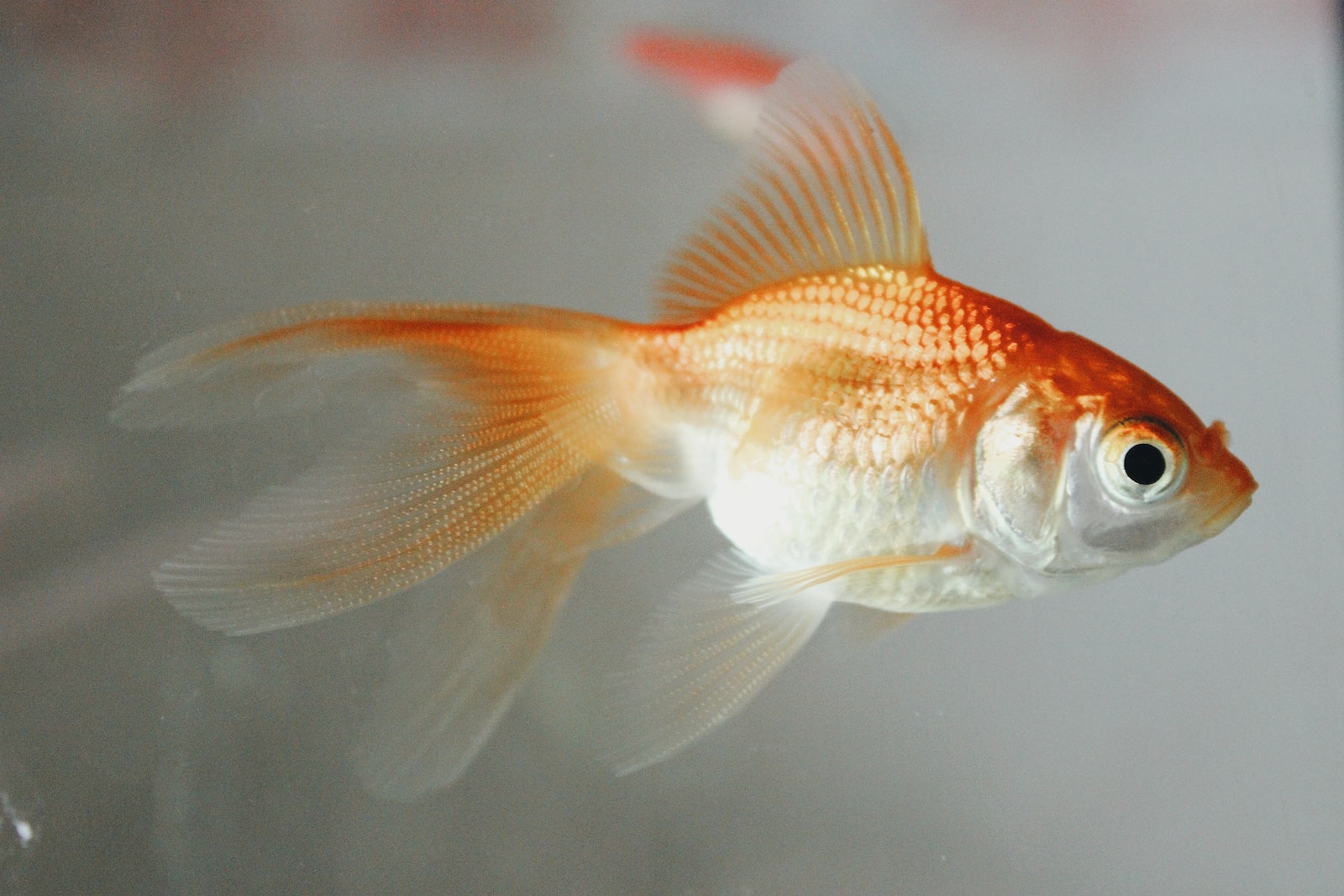
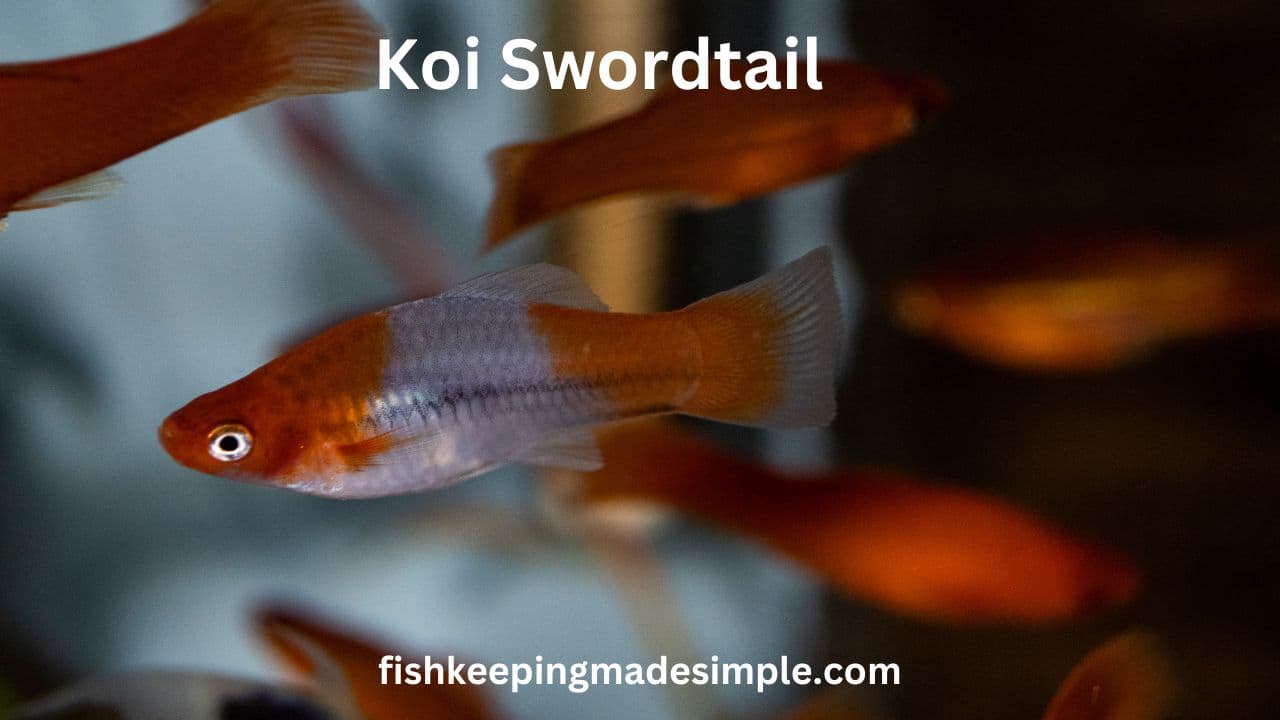

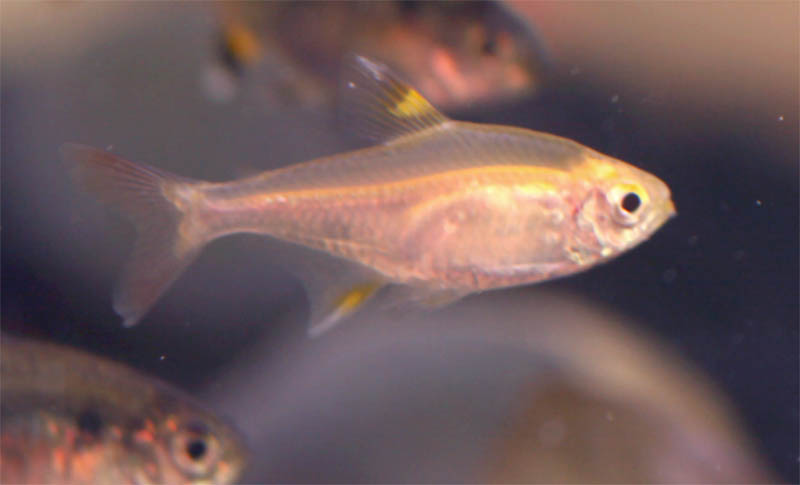
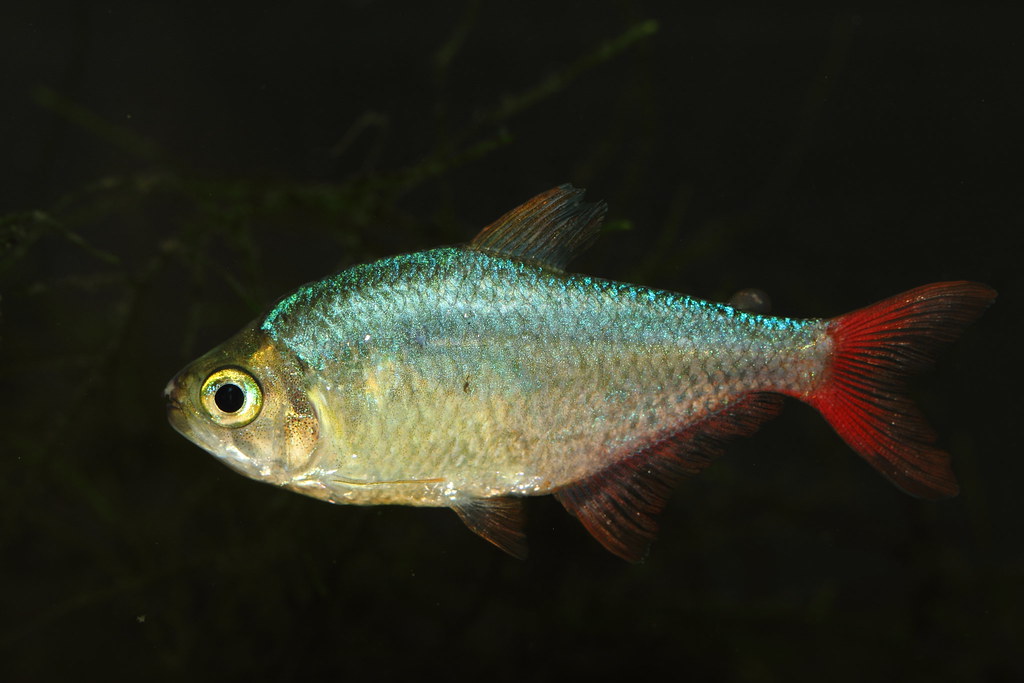
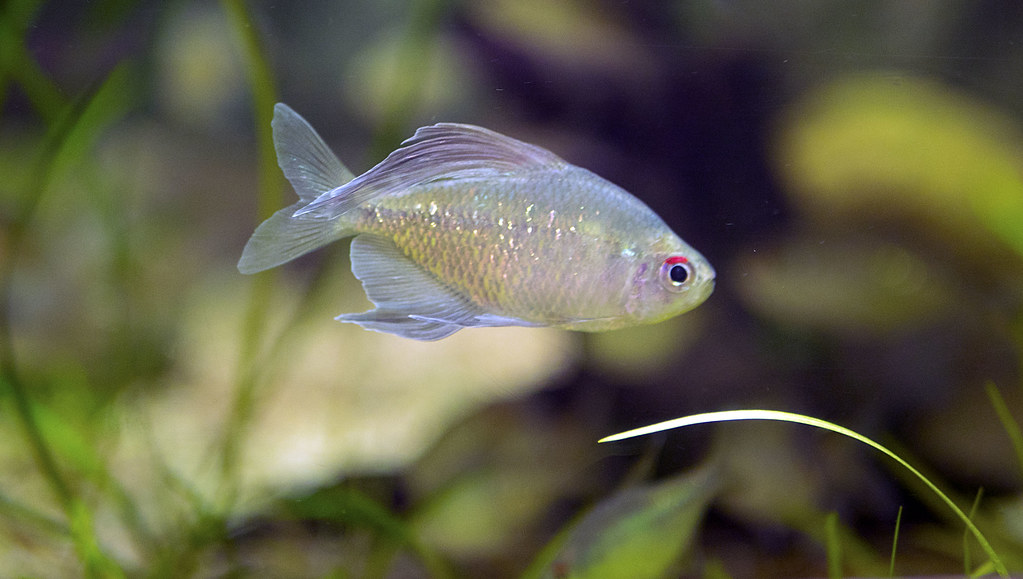
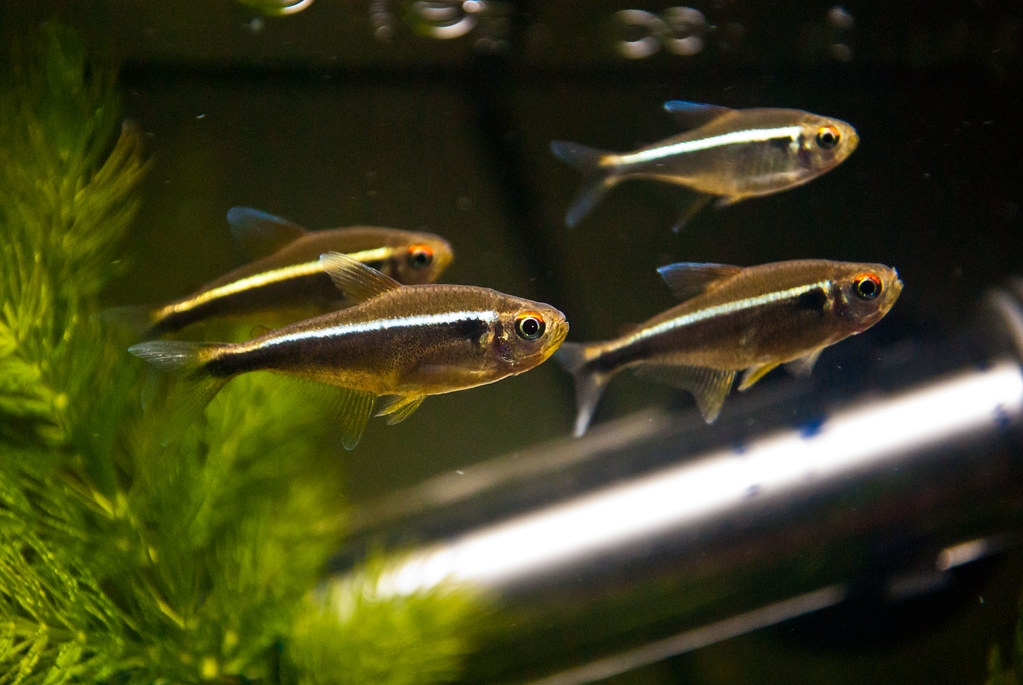
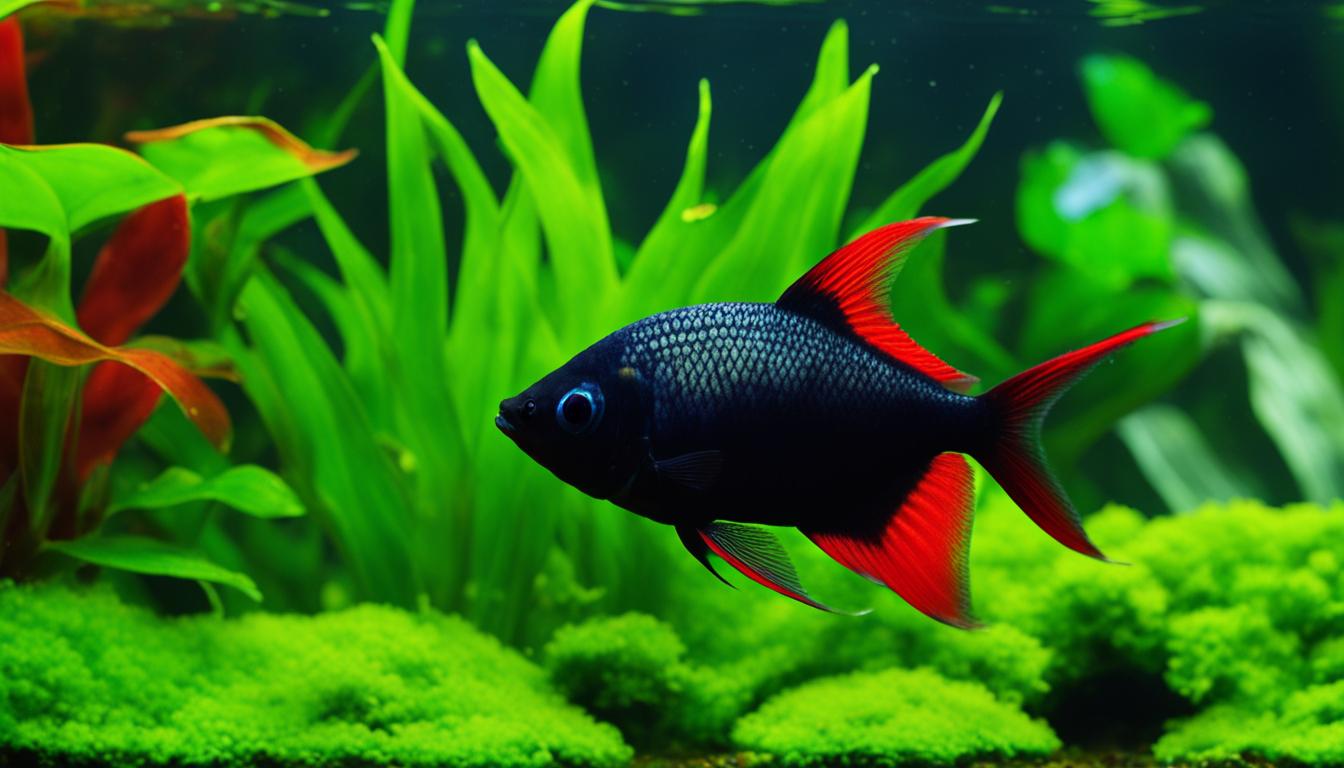
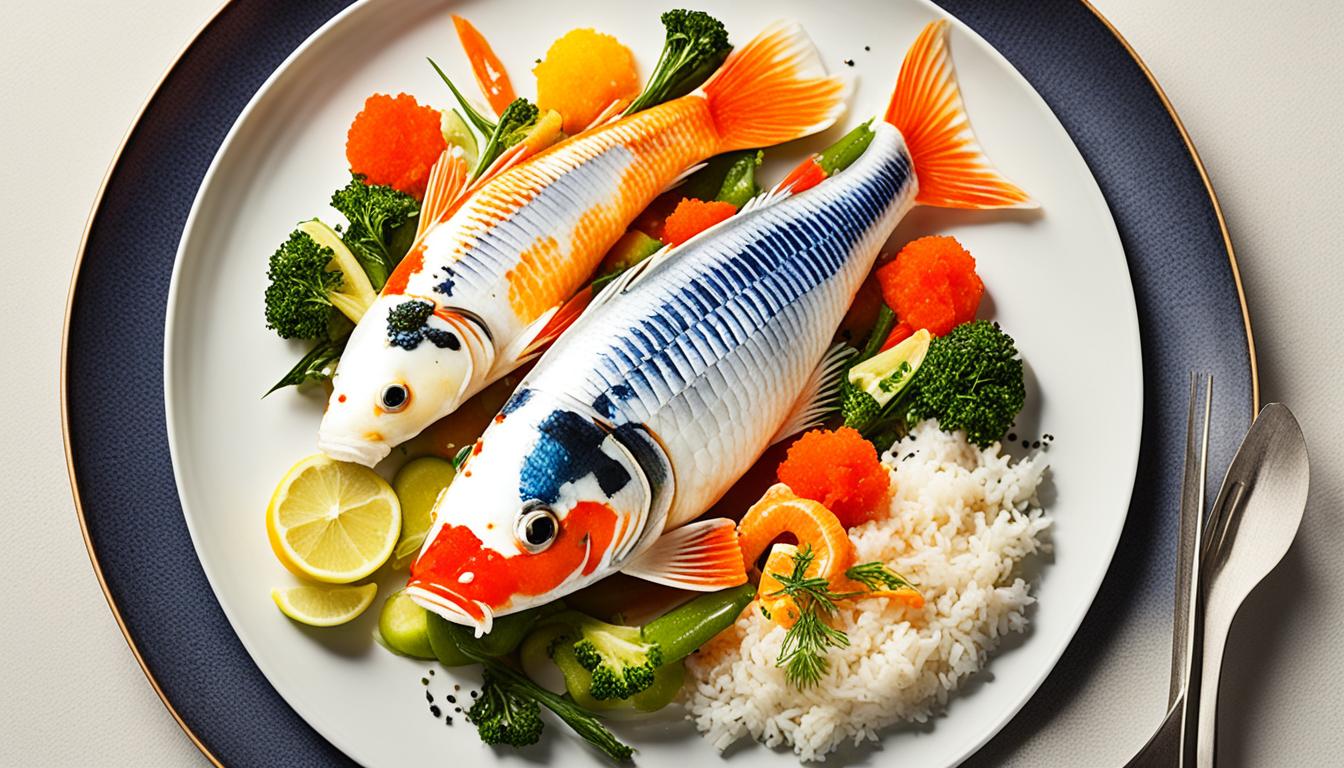
[…] of elegance and movement to the fish, accentuating its beauty. Some koi fish may have long and flowing fins, while others may showcase shorter and more compact finnage. The colors of the fins can range from […]
[…] angelfish are characterized by their tall, triangular body shape and long, flowing fins. They have a dark vertical stripe running down their body, which extends from their head to their […]
[…] Danio, featuring a spotted pattern instead of the typical zebra stripes. With its long tail and flowing fins, this peaceful fish adds a touch of elegance to any […]
[…] If you plan to house bettas with platies, it is best to avoid long-finned betta varieties. The flowing fins may trigger aggression in both […]
[…] traditional koi with long-finned Asian carp. This unique combination has resulted in the elongated, flowing fins that distinguish butterfly koi from their […]
[…] it comes to koi fish, some breeds are known for their exquisite beauty and rarity, making them highly coveted among collectors and enthusiasts. These expensive koi fish […]
[…] cichlids stand out with bright colors and unique looks. They have a long body, flowing fins, and a special head hump. Their colors range from yellow, red, and pink, to blue, purple, and […]